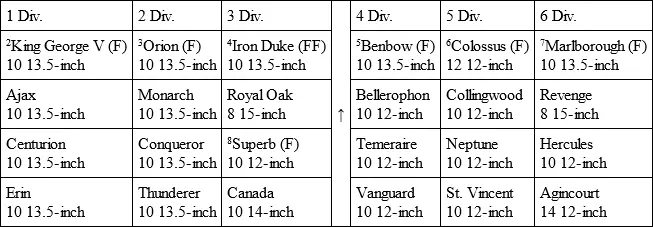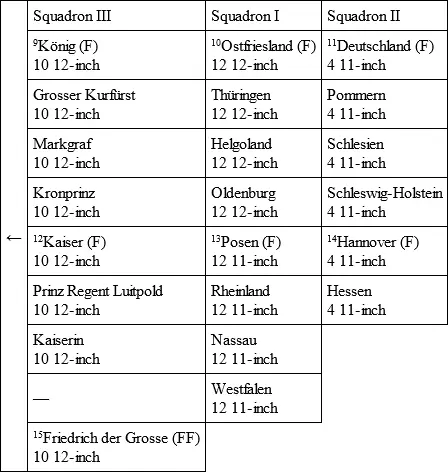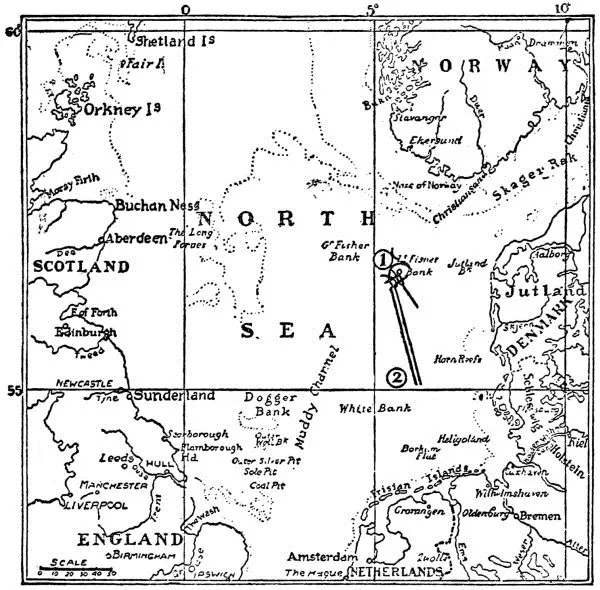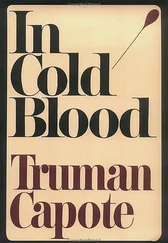Thomas Frothingham - A True Account of the Battle of Jutland, May 31, 1916
Здесь есть возможность читать онлайн «Thomas Frothingham - A True Account of the Battle of Jutland, May 31, 1916» — ознакомительный отрывок электронной книги совершенно бесплатно, а после прочтения отрывка купить полную версию. В некоторых случаях можно слушать аудио, скачать через торрент в формате fb2 и присутствует краткое содержание. Жанр: foreign_antique, foreign_prose, на английском языке. Описание произведения, (предисловие) а так же отзывы посетителей доступны на портале библиотеки ЛибКат.
- Название:A True Account of the Battle of Jutland, May 31, 1916
- Автор:
- Жанр:
- Год:неизвестен
- ISBN:нет данных
- Рейтинг книги:4 / 5. Голосов: 1
-
Избранное:Добавить в избранное
- Отзывы:
-
Ваша оценка:
- 80
- 1
- 2
- 3
- 4
- 5
A True Account of the Battle of Jutland, May 31, 1916: краткое содержание, описание и аннотация
Предлагаем к чтению аннотацию, описание, краткое содержание или предисловие (зависит от того, что написал сам автор книги «A True Account of the Battle of Jutland, May 31, 1916»). Если вы не нашли необходимую информацию о книге — напишите в комментариях, мы постараемся отыскать её.
A True Account of the Battle of Jutland, May 31, 1916 — читать онлайн ознакомительный отрывок
Ниже представлен текст книги, разбитый по страницам. Система сохранения места последней прочитанной страницы, позволяет с удобством читать онлайн бесплатно книгу «A True Account of the Battle of Jutland, May 31, 1916», без необходимости каждый раз заново искать на чём Вы остановились. Поставьте закладку, и сможете в любой момент перейти на страницу, на которой закончили чтение.
Интервал:
Закладка:
3. Twenty-five light cruisers, and seventy-eight destroyers, “47 with the Battle Fleet, 31 with Battle Cruisers.” (J)
The German strength comprised:
1. An advance force under Vice Admiral Hipper, consisting of five battle cruisers (three Derfflingers of 28 knots speed, each carrying eight 12-inch guns, and two Moltkes of 27 knots speed, each carrying ten 11-inch guns).
The fleet speed of this advance force was 27 knots.
TABLE I
THE BRITISH GRAND FLEET AT THE BATTLE OF JUTLAND
Make-up and Armament of the Battle Fleet

2Flagship of Vice Admiral Sir W. Jerram, Commanding 2nd Battle Squadron.
3Flagship of Rear Admiral A. C. Leveson, Rear Admiral in 2nd Battle Squadron.
4Fleet Flagship – Flag of Admiral Sir John Jellicoe, Commander-in-Chief.
5Flagship of Vice Admiral Sir Doveton Sturdee, Commanding 4th Battle Squadron.
6Flagship of Rear Admiral E. F. A. Gaunt, Rear Admiral in 1st Battle Squadron.
7Flagship of Vice Admiral Sir Cecil Burney, Commanding 1st Battle Squadron and second in command of the Grand Fleet.
8Flagship of Rear Admiral A. L. Duff, Rear Admiral in 4th Battle Squadron.
TABLE II
THE GERMAN HIGH SEAS FLEET AT THE BATTLE OF JUTLAND
Make-up and Armament of the Battle Fleet

9Flagship of Rear Admiral Behnke commanding Squadron III.
10Flagship of Vice Admiral Schmidt commanding Squadron I.
11Flagship of Rear Admiral Mauve commanding Squadron II.
12Flagship of Rear Admiral Nordmann.
13Flagship of Rear Admiral Engelhardt.
14Flagship of Rear Admiral Lichtenfels.
15Fleet Flagship – Flag of Admiral Scheer, Commander-in-Chief.
2. The main body of the German High Seas Fleet, under Admiral Scheer, consisting of sixteen dreadnoughts [“ König Albert absent” (S)] and six predreadnought battleships.
The fleet speed of this main body was 17 knots, because the German dreadnoughts had been eked out with predreadnought battleships of less speed. Its less powerful armament will be found in Table II.
3. Eleven light cruisers and about seventy-eight destroyers, divided between the advance force and the main body. (Admiral Jellicoe gives the Germans eighty-eight destroyers, but it is known that all were not in action.)
The above-described make-up of the opposing fleets must be kept in mind, when studying the course of the action. The day of the battle was cloudy, but the sun shone through the clouds most of the time. At no time was there anything approaching a sea. Visibility was reported as good in the first stages of the action, but later in the afternoon, there being little wind, mist and smoke hung heavy over the surface of the sea. These conditions must also be remembered, as the increasing mist had a great influence on the course of the action.
The following outline will bring the action to the stage at which detailed comment should begin.

From A Guide to the Military History of The World War, 1914–1918 .
Chart showing the Battle of Jutland, in relation to the surroundings on the North Sea. (1) The Battle Field, May 31, 1916. (2) Position of British Fleet “at about 2.47 A.M.,” (J) June 1, 1916. (This chart is diagrammatic only.)
In the sweep through the North Sea, with the main body of the British Grand Fleet some seventy miles distant, Vice Admiral Beatty’s advance force was cruising to southward of Admiral Jellicoe May 31, 1916, when, at 2.20 P.M., the presence of enemy ships was reported by a light cruiser. Admiral Beatty altered course “to the eastward and subsequently to northeastward, the enemy being sighted at 3.31 P.M. Their force consisted of five battle cruisers.” (B) This was the German advance under Vice Admiral Hipper.
It is stated in Vice Admiral Beatty’s report that it was over an hour after the first news of the vicinity of enemy ships before he increased speed to 25 knots to engage, “at 3.30 P.M.” (B) Yet Vice Admiral Beatty reports that Rear Admiral Evan-Thomas’s Fifth Battle Squadron (the four Queen Elizabeths ) was still 10,000 yards away when he made this move to engage the Germans with his battle cruisers. Consequently Vice Admiral Beatty failed to impose his whole strength upon his enemy’s detached force.
It is hard to explain this situation except by believing that Vice Admiral Beatty was confident that his six battle cruisers alone would be able to cope with the enemy. Allowing his force to remain divided by such an interval was unfortunate, and it cannot be said that the best use was made of the British advance force in the first stage of the engagement.
At 3.48 “the action commenced at a range of 18,500 yards, both sides opening fire practically simultaneously.” (B) The British battle cruisers fought on a course curving to the southeast, and then on a south-southeast course, and the five German battle cruisers fought them on a parallel course, instead of edging away from the superior British force. It is now easy to see that the trend of the action was absolutely in the direction of the approaching main body of the German High Seas Fleet, but this, very naturally, was not apparent at the time to Vice Admiral Beatty.
The first phase of the battle may properly be studied as a fight between the British and German battle cruisers, in consequence of the before-stated gap separating the two parts of Admiral Beatty’s command. This interval of 10,000 yards prevented the Fifth Battle Squadron of Queen Elizabeth dreadnoughts from being a factor at the time. Vice Admiral Beatty reports that this squadron “opened fire at a range of 20,000 yards,” and he continues: “The Fifth Battle Squadron was engaging the enemy’s rear ships, unfortunately at very long range.” Only two of the German ships were really under fire from the Fifth Battle Squadron, and these two battle cruisers were but slightly injured in the run to the south.
In this part of the action came the first of the many upsets of prewar calculations. Comparing the given strength of the two opposing squadrons in action, it will be seen that the British battle cruisers were greatly superior; in fact, the odds would have been considered prohibitive before this battle. Yet it was the British squadron that suffered, losing one-third of its ships. “At about 4.06” (J) the Indefatigable was sunk, and “at about 4.26” (J) the Queen Mary met the same fate. In each case there was a great explosion up through the turrets, suggesting that a weak turret construction is really a dangerous conductor of fire to the magazine in case of a heavy hit, and pointing to the need of better separation of the supply of ammunition from the magazine.
At 4.15 there were attacks “simultaneously” (B) by British and German destroyers which resulted in a lively fight, but no damage to any of the capital ships. Yet the possibilities of such torpedo attacks were so evident, here and later in the battle, that the destroyer at once attained a greater value as an auxiliary of the battleship. A British airplane had been sent up from a mother ship just before the engagement, though Admiral Beatty reports that it was forced to fly low on account of the clouds, and had a hard task “to identify four enemy light cruisers.” (B) There was apparently no chance of a wide observation that would have warned Admiral Beatty of the approaching German High Seas Fleet. In this short hour were concentrated many new problems of naval warfare.
Читать дальшеИнтервал:
Закладка:
Похожие книги на «A True Account of the Battle of Jutland, May 31, 1916»
Представляем Вашему вниманию похожие книги на «A True Account of the Battle of Jutland, May 31, 1916» списком для выбора. Мы отобрали схожую по названию и смыслу литературу в надежде предоставить читателям больше вариантов отыскать новые, интересные, ещё непрочитанные произведения.
Обсуждение, отзывы о книге «A True Account of the Battle of Jutland, May 31, 1916» и просто собственные мнения читателей. Оставьте ваши комментарии, напишите, что Вы думаете о произведении, его смысле или главных героях. Укажите что конкретно понравилось, а что нет, и почему Вы так считаете.












